As announced two days ago, Second Wave, the upcoming Division Pack for Steel Division: Normandy 44, will allow you to take control of 4 new divisions: The American 4th Armored Division, the British 1st Special Service Brigade, the German 9. Panzerdivision and the 16. Luftwaffen-Felddivision. We also revealed the Content Roadmap for the game, don’t hesitate to take a look to know what’s coming for you in the coming months.
Let’s focus today on the most requested missing Americain division since Steel Division‘s release: the 4th Armored Division and its devious little kitties…
RISE OF THE NAMELESS DIVISION
4th AD was activated on April 15th, 1941, near New York, under the command of General Henry W. Baird. After taking part in the Tennessee Manoeuvers of January 1942, it moved to California’s Mojave desert in November to go through General Patton’s Desert Training Center (see 3rd Armored Division). In June 1943, 4th AD left the DTC, being replaced there by 9th AD, and moved to Texas in July to train as part of VIII. Corps, Third Army. In September 1943, the division was the first armored division to be converted to the new “light pattern” established based on the combat experience in North Africa, which meant less tank per division than in the older “heavy” ones (1st, 2nd & 3rd AD). On November 29th, 1943, the 4th Armored Division shipped from Boston to Europe.
By then, Baird had retired from the army (May 1942) and command of the 4th Armored Division was given to General John S. Wood. A gifted student (he was nicknamed “P” for “professor” by his West Point classmates) and a first-class athlete, he was also a WW1 veteran in France and a close friend to General Patton. Wood believed in leading by example, and as close as possible from the front, and lived in the same Spartan conditions as his men. An outspoken and aggressive commander, he wasn’t shy to criticize his direct superiors, a habit he won’t lose later in the war and which would weigh heavily on him, being sidelined from active command. Nicknamed “Tiger Jack” in Normandy, he supposedly owed this new nickname to his temper, for when being given a roasting by Patton, while any other officer would put up with it in silence, Wood would pace and roar back at his friend, like a tiger in a cage.
Unlike any other division, Wood was opposed to 4th AD being given an official nickname, considering that it should “be known by deeds alone”. Which actually led the division to have no official name, but surely more unofficial ones than any other division: “Georgie’s Boys” early in Normandy; then “The Rolling Fourth“, “Flying Fourth“, “Phantom Fourth“, “Ghost Division“, “Name Alone“, “By Deeds Alone“, … over the course of the war; Goebbels’ propaganda even supposedly nicknamed them “Roosevelt’s Highest Paid Butchers” while claiming that the division had been formed only of criminals drawn from their prison cell.
NORMANDY BREAKTHROUGH
Almost as soon as it settled in England in early January 1944, 4th AD was subjected to intense training in anticipation to the invasion of mainland Europe. It wasn’t part of the first wave of troops landed in France in the wake of D-Day, only being shipped to Normandy one month later, on July 11th. Although it was involved in some fighting soon after its arrival, the division was mostly kept in his sleeve by Patton, which had earmarked it to spearhead Operation Cobra‘s breakthrough.
While Cobra‘s main effort was directed against Saint-Lô, Patton’s fresh armored reserves, 4th & 6th AD, were placed at the extreme right of the American front line, alongside the coast. While the American advance on the first days of Cobra was very slow, barely one or two kilometers per day, the situation changed completely on July 28th when Patton unleashed the 4th & 6th Armored. Breaking through the German lines, 4th Armored Division advanced ten kilometers on that first day, capturing Coutances, a key crossroad on the German army’s flank, trapping thousands of enemy soldiers in the process.
The Germans were in full retreat and the Allies finally advancing after two months of almost static warfare, and 4th AD was the one leading the charge. Keeping the pace after Coutances, the division’s Combat Command B (CCB) reached the outskirts of Avranches, another major crossroad behind enemy lines, on July 30th. Its capture would allow the Americans to actually turn the whole German army’s flank in Normandy and was considered one of Cobra’s main objectives. The city was stormed the next day by CCA, spearheaded by the 37th Tank Battalion, itself led from the front by its 29-year old commander, Lt-Col. Creighton Abrams. From Avranches, 4th AD drove South to cut the Britanny peninsula, as planned long before D-Day, despite Wood considering such plan outdated and, as usual, not shying away from telling his superiors that they were “winning the war the wrong way“. Nevertheless, his division broke new speed records, liberating town after town and engaging German columns unsuspecting of American troops having broken their lines so deeply and so quickly, until it captured Nantes on August 10th. Britanny was thus cut off. Just four days later, 4th AD was arriving at Orleans, a mere 350km away! On August 15th, the division was finally transferred to XII. Corps and sent East.CATFIGHT
In North-Eastern France, it crossed river barriers after river barriers, finally stopping by lack of fuel after having established a bridgehead over the Moselle River (11-13 September). There, 4th AD was to deliver its greatest combat performance when its bridgehead became the target of a major German counter-offensive by 5. Panzer-Armee.
Despite a large superiority in tanks & men, the Germans were thoroughly defeated during what became known as the “battle of Arracourt”, due to a combination of poor tank crews’ training on the German side, good terrain use and overwhelming air superiority for the Americans. Another factor was the skillful use of the division’s “secret weapon”, its attached battalion of M18 Hellcat. Those hellish creatures were highly mobile (one of the fastest AFV of WW2) tank hunters: although with paper-thin armor, they were able to shoot and redeploy at great speed.
With the division since landing in Normandy, they hadn’t really had an occasion to shine in the cramped bocage battlefields. At Arracourt, the tiny Hellcats were able to prove their worth against the bigger German Panther. By the end of the battle, 4th AD‘s CCA had lost some 25 tanks & 7 TDs, while the Germans had over 80 tanks & assault guns destroyed, with over 100 more abandoned out of the 262 they had been fielding at the start of the offensive!
END OF THE WAR
Just prior to the Battle of the Bulge, Wood opened his mouth one too many times, going right up to Patton to complain about his new corps commander. Patton had enough and sent him back home. 4th AD‘s new commander was General High Gaffey, who led the division when it spearheaded Patton’s relief force toward Bastogne. “Cobra King“, a M4A3E2 Assault Tank (aka Jumbo) from 4th Armored Division was the first tank to enter the once besieged Belgian city.
Later, 4th AD raced through Germany, then entered Czechoslovakia where it met with Soviet troops.
THE 4TH ARMORED DIVISION INGAME
Organized as a « light » armored division, 4th Armored has fewer tanks than its « heavy » counterpart, the 3rd Armored, and of an older model (M4A1 & M4), for it didn’t receive any M4A3W before the end of the Normandy campaign.
Hence 4th AD relies more than other armored division on a very aggressive phase A, with strong Recon & Support tab, including Cavalry Scouts, Bantam (armored jeep), M8 Cavalry (fire-support Greyhound, as with the French RBFM variant), M8 HMC & M4(105). And of course, a few fast M18 Hellcat tank destroyer keeping up with the vanguard to provide anti-tank cover … and run away before the enemy can reply in kind.
Supporting the assault, the US Air Force provides fast fighter recon in the form of the F-5A, an unarmed reconnaissance variant of the P-38 lightning, as well as ground support B-26B-10 Marauder equipped entirely with (a dozen!) .50 cal. diving on enemy infantry or soft skinned vehicles.
4th Armored Division often “borrowed” a regular infantry battalion to neighboring infantry divisions to allow its mechanized rifles to concentrate on the breakthrough, leaving the foot soldiers to deal with the pockets left behind. Hence the division can field both Arm. Rifles & Rifles, although the latter in limited numbers.
In Phase B, 4th AD‘s economy rises to its maximum, not to increase again. Then comes the usual M4A1, with a handful of M4A1(76) as command vehicles. But of course, the true star of the division is the M18 Hellcat, now available in numbers.
In Phase C, the division must consolidate its positions, for its economy remains the same. Yet, it can rely for that on another of its unique features, provided by its artillery tab: the heavy M12 GMC. A 150mm gun on old M3 Lee chassis, this in-map SPG can both play the role of heavy long-range artillery AND direct support assault gun … although at its own risk, being very poorly armored.
NEW ACE
The 4th Armored Division introduces a new ace, Creighton “Abe” Abrams, commander of 37th Tank Battalion. Abrams was a very aggressive tank commander, often leading from the front in his command M4(75) or M4A3(75) tank. He would use up to seven of them by the end of the war, all named “Thunderbolt” and numbered.
When his battalion assaulted Coutances on July 31st, 1944, the leading company and platoon commanders were quickly put out of action: this prompted Abrams to rush into the thick of the fight with “Thunderbolt V“, destroying his first of many enemy tanks.
In command of CCB during the Battle of the Bulge, he led Patton’s charge toward the beleaguered Bastogne and ended the war as a full colonel. A division commander in Korea, he was later appointed as commander V. Corps in Europe before commanding US troops in Vietnam (1968-1972). He ended his career as Chief of Staff of the US Army.
His name was given to the modern days M1 Abrams MBT.
Steel Division: Normandy 44 – Second Wave will be available in September 21st on Steam.


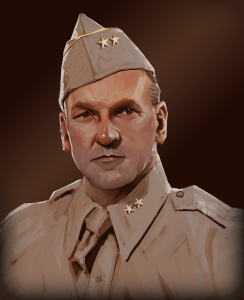
![24_juillet_4_aout_cobra[1]](https://eugensystems.com/wp-content/uploads/2017/08/24_juillet_4_aout_cobra1.jpg)
![m4baldwin_21[1]](https://eugensystems.com/wp-content/uploads/2017/08/m4baldwin_211-268x300.jpg)
![rNjX0dFqfj3A0IvXZBgNeRIOi1XKM_SYfnpHgepSKt4[1]](https://eugensystems.com/wp-content/uploads/2017/08/rNjX0dFqfj3A0IvXZBgNeRIOi1XKM_SYfnpHgepSKt41-300x241.jpg)
![8968000[1]](https://eugensystems.com/wp-content/uploads/2017/08/89680001-1024x535.jpg)
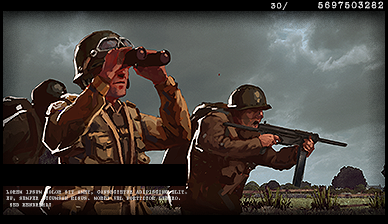
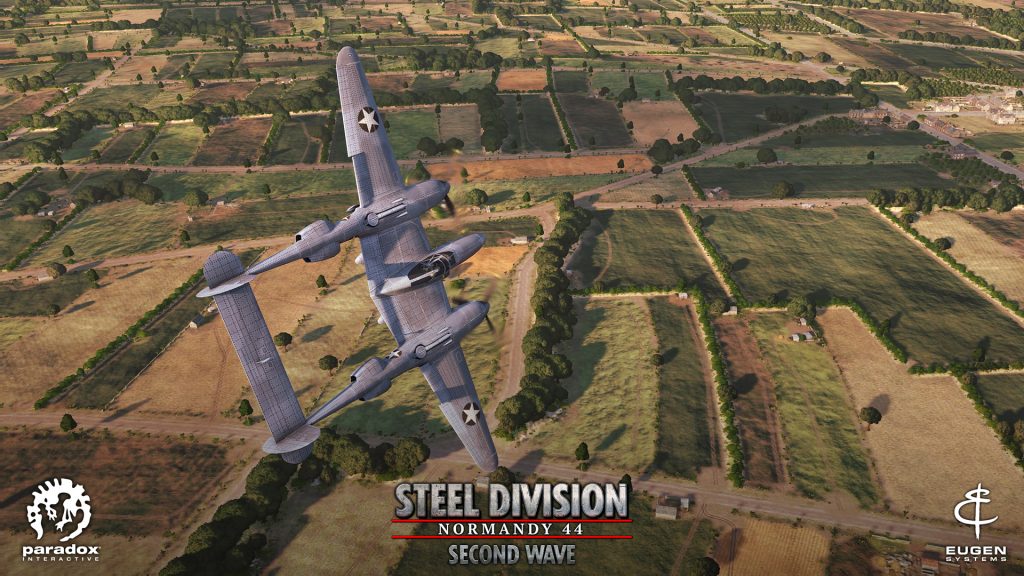
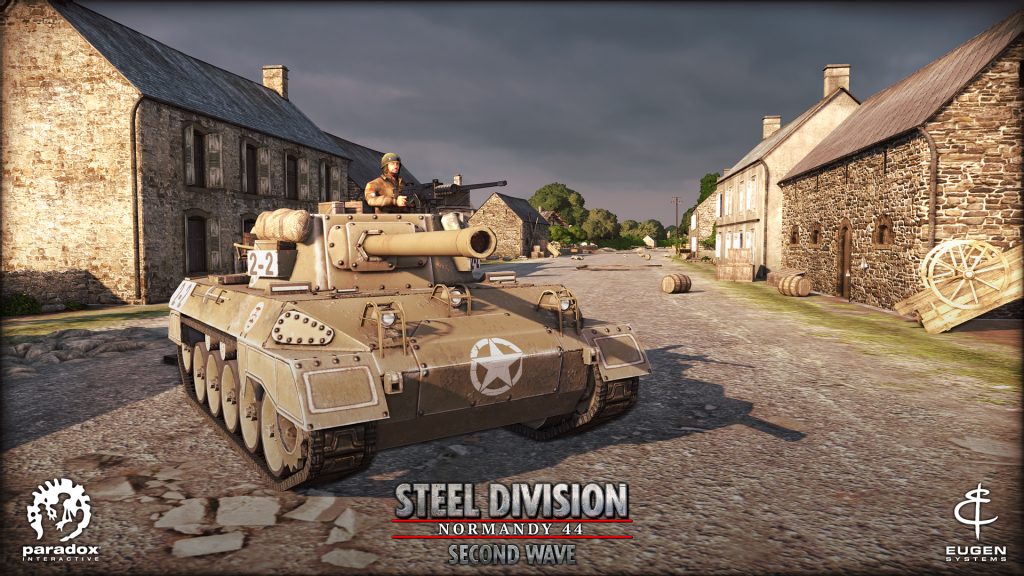
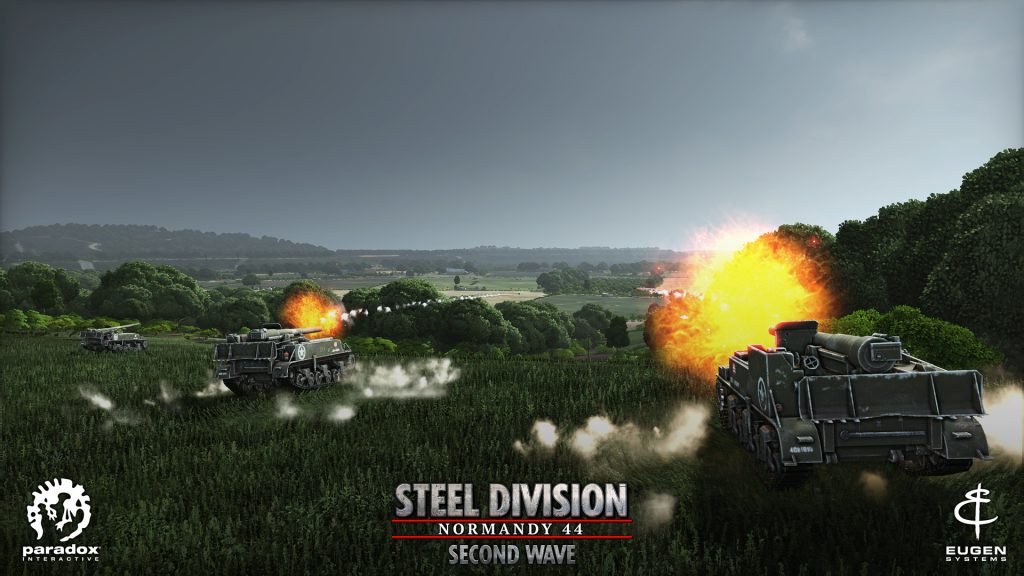
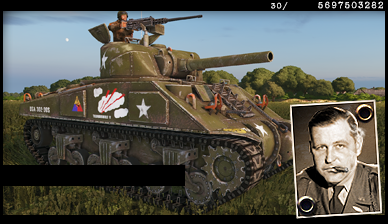
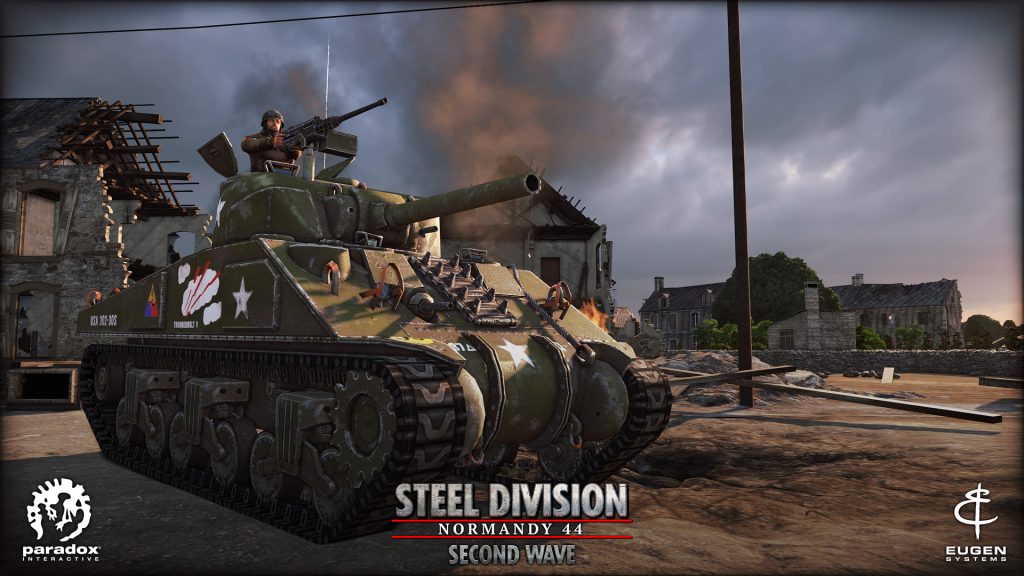
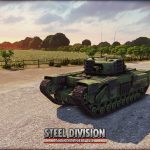
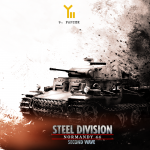
Black Hand
December 21, 2017 at 10:13 pmI’m curious about the “Bantam”. Was it a nickname for this armored Jeep, and did the 4th AD really use such jeeps in Normandy? I’ve only seen such jeeps being used by the 82nd AB during the Battle of the Bulge.